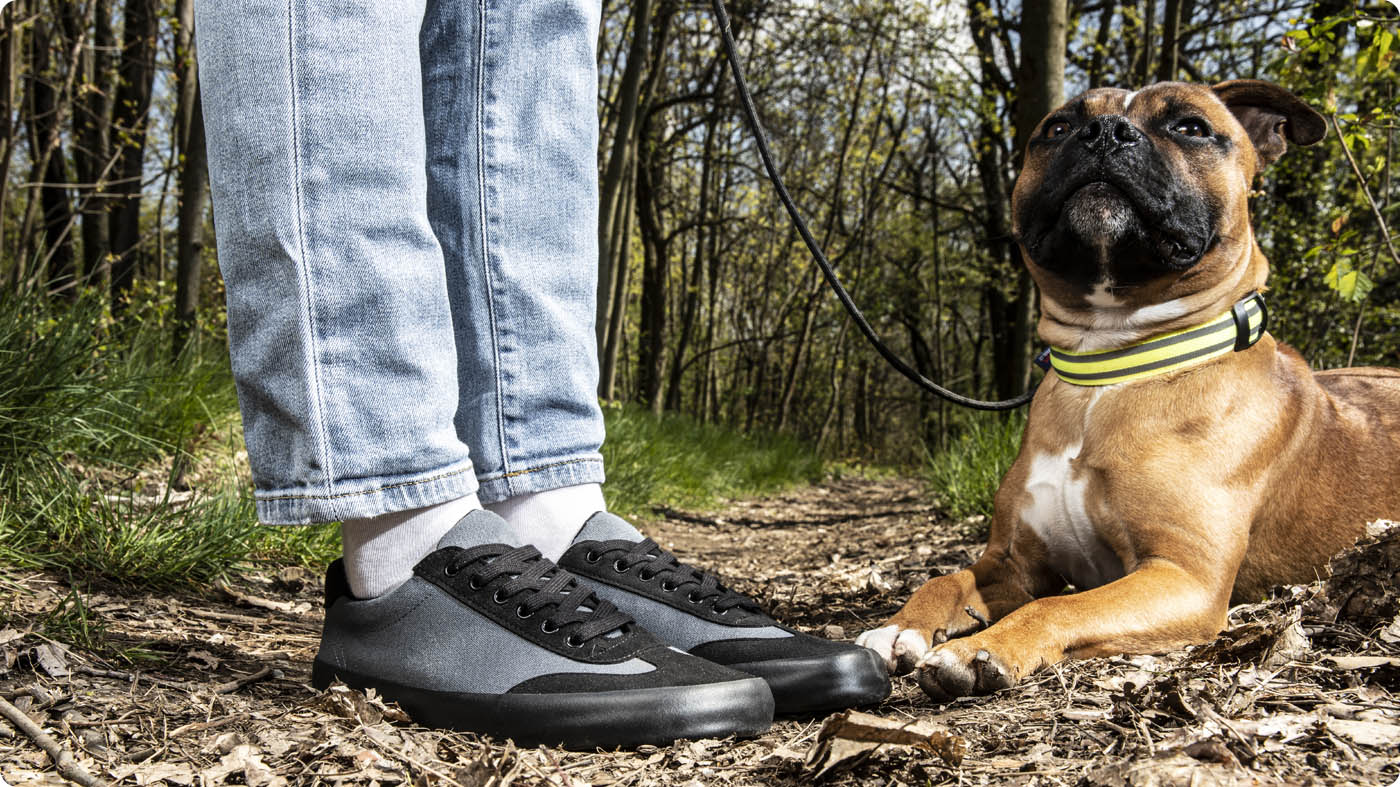Walking in Barefoot Shoes: A Natural Path to Weight Loss

In the pursuit of a healthier and more active lifestyle, many individuals are turning to innovative approaches that promote a more natural connection with their bodies and the environment. One such trend gaining popularity is walking in barefoot shoes, often referred to as minimalist footwear. Not only does this trend offer an exciting alternative to conventional footwear, but it also claims to contribute significantly to weight loss and overall well-being. In this article, we will explore the concept of barefoot shoes, their potential benefits for weight loss, and the science behind this growing movement.
What are Barefoot Shoes?
Barefoot shoes are footwear designed to mimic the experience of walking barefoot while still providing some protection and support for the feet. These shoes are characterized by their thin soles, minimal cushioning, and wide toe boxes, allowing the foot to move more naturally and unrestricted. Unlike traditional shoes, which often feature thick and rigid soles, barefoot shoes allow the feet to sense the ground beneath them, promoting a more responsive and proprioceptive experience.
The Science Behind Barefoot Walking and Weight Loss
Walking, in general, is an excellent form of exercise and is often recommended for those looking to lose weight or maintain a healthy lifestyle. However, proponents of barefoot shoes argue that walking in these minimalist shoes can enhance the benefits of walking, particularly when it comes to weight loss. Several factors contribute to this hypothesis:
1. Increased Muscle Activation: Walking in barefoot shoes engages more muscles in the feet and lower legs compared to wearing traditional shoes. The foot's natural arch support is strengthened, and the calf muscles work harder to stabilize the body with each step. This increased muscle activation can potentially lead to a higher calorie expenditure during walks.
2. Improved Biomechanics: Barefoot shoes encourage a more natural walking gait, promoting a midfoot or forefoot strike instead of a heel strike. This change in gait reduces the impact on joints, which can be especially beneficial for individuals who are overweight or obese. The improved biomechanics may allow for longer and more comfortable walking sessions, leading to more significant weight loss results over time.
3. Enhanced Balance and Stability: Walking barefoot or in minimalist shoes requires more balance and stability as the feet directly interact with the ground. This increased proprioception can lead to better posture and body alignment during walks, potentially reducing the risk of injury and allowing for more extended and more efficient exercise sessions.
4. Encouragement of Physical Activity: One of the essential factors for weight loss is consistency in physical activity. Barefoot shoes may provide a unique and enjoyable walking experience, making individuals more likely to stay motivated and committed to their exercise routine.

Barefoot shoes FELIX Dark Grey-Black
Tips for Incorporating Barefoot Walking into Your Routine🦶🏻
Before transitioning to walking in barefoot shoes, it's essential to approach the process with caution to avoid injuries. Here are some tips to get started safely:
1. Gradual Transition: If you've been wearing traditional shoes for most of your life, suddenly switching to barefoot shoes can be a shock to your feet and muscles. Gradually transition to minimalist footwear by wearing them for short periods initially and gradually increasing the time as your feet and muscles adapt.
2. Focus on Walking Form: Pay attention to your walking form while wearing barefoot shoes. Aim for a midfoot or forefoot strike, as this reduces the impact on your joints and encourages better biomechanics.
3. Start on Soft Surfaces: Begin your barefoot walks on softer surfaces like grass, sand, or dirt, as they provide more cushioning and support during the adjustment phase.
4. Strengthen Your Feet: Consider doing foot exercises to strengthen the muscles in your feet, such as toe curls, picking up marbles with your toes, or using resistance bands for foot flexion.
5. Listen to Your Body: If you experience pain or discomfort, take a break and allow your body to rest and recover. Consult a healthcare professional if you have any concerns about transitioning to barefoot shoes.
Conclusion
Walking in barefoot shoes offers a promising avenue for those seeking to lose weight and improve their overall health. By encouraging a more natural and biomechanically efficient way of walking, these shoes can enhance muscle activation, stability, and balance while reducing joint impact. However, as with any new exercise or lifestyle change, a gradual approach and listening to your body are essential for a safe and successful transition. So, if you're intrigued by the idea of a more connected and weight-loss-focused walking experience, consider giving barefoot shoes a try – your body might just thank you for it!
